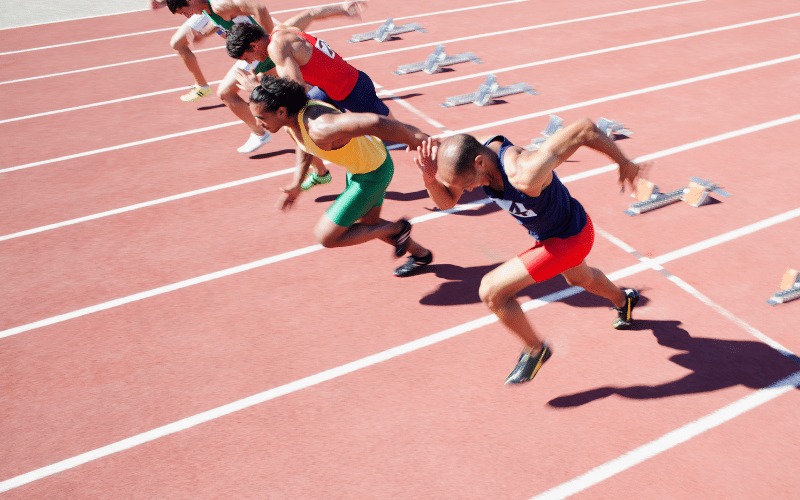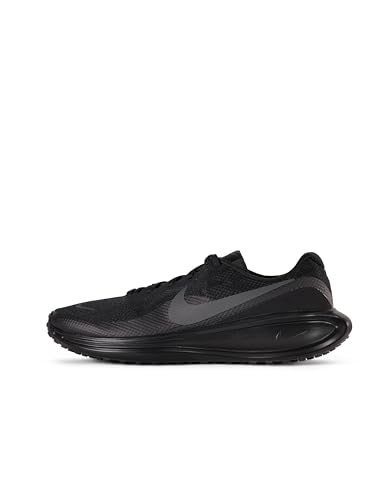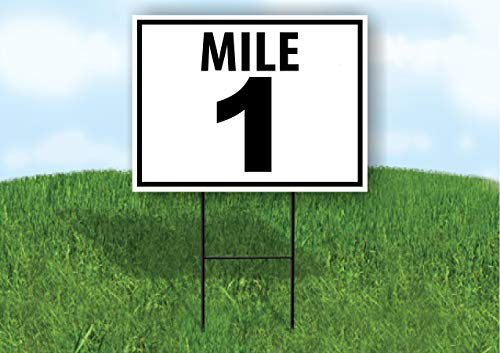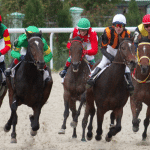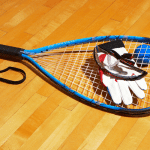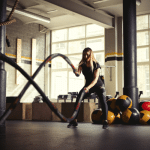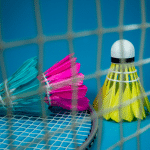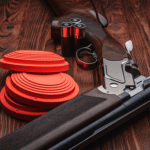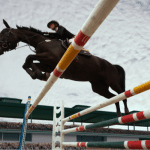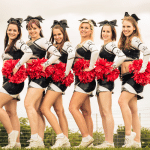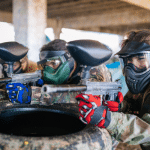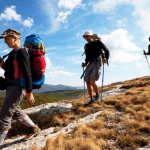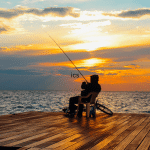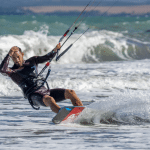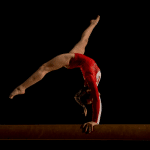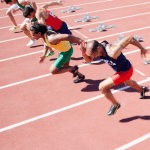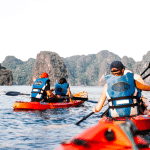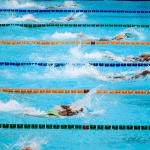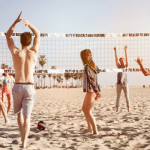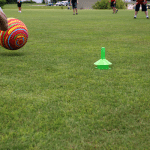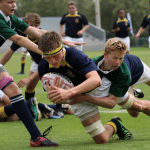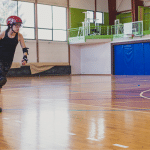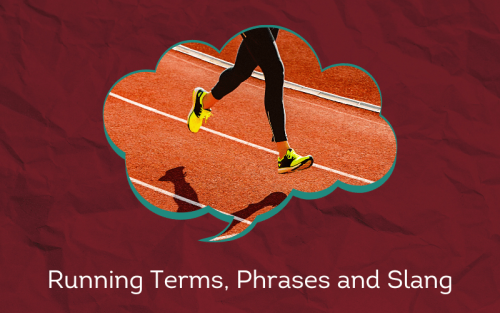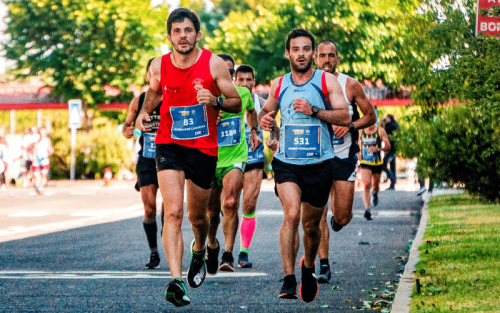Picture this: You’re at the starting line, heart pounding, ready to conquer the miles ahead. But are you fully equipped to go the distance?
Lace up and listen up, young athletes and trailblazers! We’ve sprinted through the noise to bring you the definitive running equipment list.
On your marks, get set, gear up!

For Runners:
- Running Shoes
- Technical Clothing (moisture-wicking)
- Hydration System (bottles, belts, vests)
- GPS Watch or Fitness Tracker
- Sun Protection (hat, sunglasses, sunscreen)
- Reflective Gear or Lights (for low visibility)
For Coaches and Teams:
- Training Plans and Schedules
- Nutrition and Hydration Plans
- First Aid Kit
- Timing Devices
- Team Apparel
For Facilities:
- Marked Running Paths or Tracks
- Water Stations (for races or long runs)
- Signage (distance markers)
- Emergency Services (for events)
- Restrooms and Changing Facilities
Equipment for Runners
#1 Running Shoes
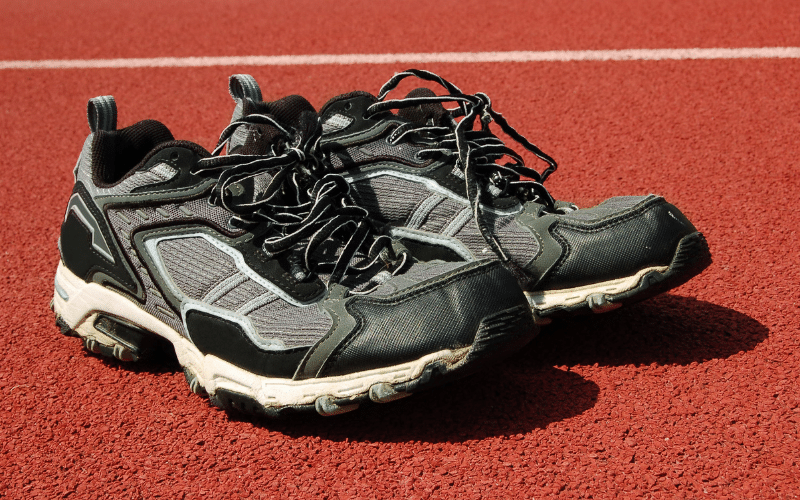
Running shoes are critical for foot support, cushioning, and injury prevention. They’re specifically designed to handle the repetitive impact of each step, provide traction, and enhance overall running mechanics, making them indispensable to any runner’s gear.
#2 Technical Clothing
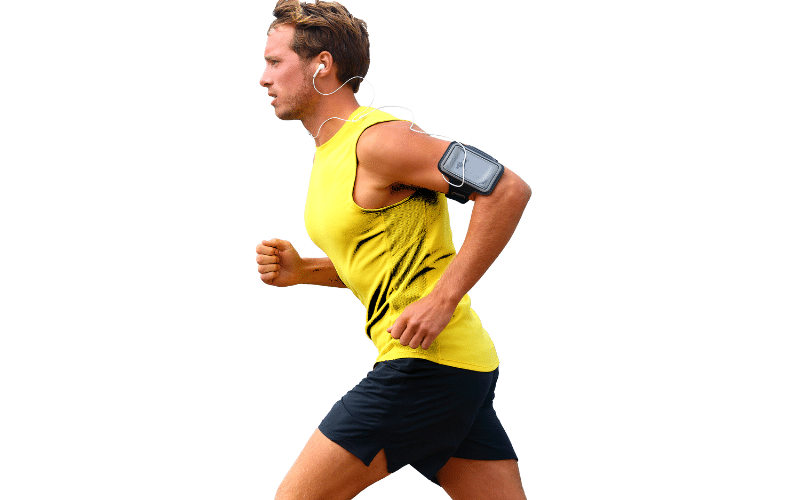
Technical clothing, made from moisture-wicking materials, is crucial for runners to help manage perspiration, regulate body temperature, and reduce chafing. Lightweight and breathable, this apparel maximizes comfort during a run in any weather condition.
#3 Hydration System

Adequate hydration is vital for performance and health during runs. Hydration systems, like bottles, belts, or vests, allow runners to carry water effortlessly and drink on the go, ensuring they remain hydrated throughout their run, especially in longer or warmer outings.
#4 GPS Watch or Fitness Tracker

A GPS watch or fitness tracker is an invaluable tool for monitoring pace, distance, heart rate, and overall fitness. It helps runners track their progress, set goals, and stay motivated by providing real-time data and insights about their workouts.
#5 Sun Protection
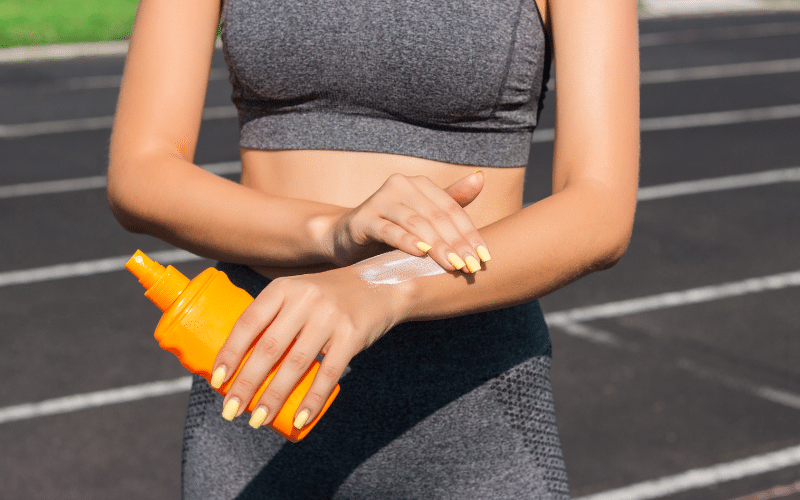
Sun protection, including hats, sunglasses, and sunscreen, is essential for outdoor runners. It protects against harmful UV rays, reduces glare, and helps prevent sunburns and long-term skin damage, ensuring runners can enjoy healthy training sessions.
#6 Reflective Gear or Lights

Safety should always be a priority, and reflective gear or lights are vital for visibility during low-light conditions. They alert motorists and others of a runner’s presence, reducing the risk of accidents during dawn, dusk, or nighttime runs.
Equipment for Coaches and Teams
#1 Training Plans and Schedules
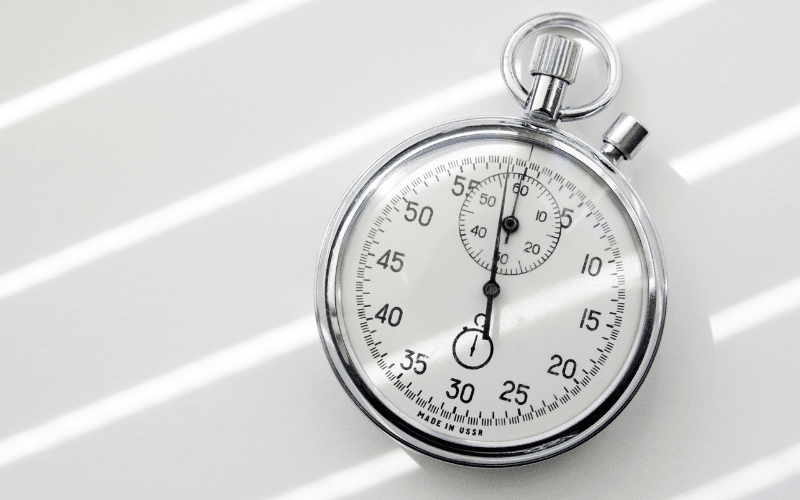
Training plans and schedules are essential for structuring an effective running program. They ensure that athletes progress systematically towards their goals with appropriate workloads, recovery periods, and peaking times.
#2 Nutrition and Hydration Plans

Nutrition and hydration plans are vital for optimizing performance and recovery. Tailored to individual needs, they help maintain energy levels, support endurance, and reduce injury risk, making them fundamental for a runner’s success.
#3 First Aid Kit

A first aid kit is indispensable for addressing injuries promptly during running activities. Containing items like bandages, ice packs, and antiseptics, it ensures immediate care for common running injuries, safeguarding athlete health.
#4 Timing Devices
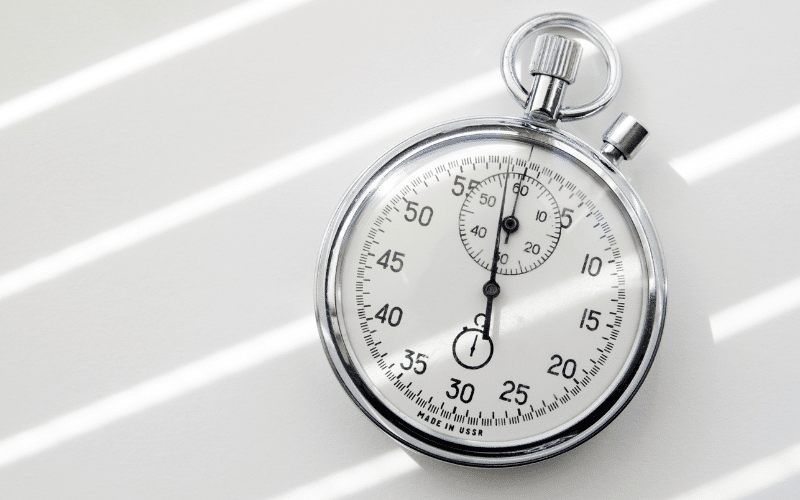
Timing devices, such as stopwatches and lap timers, are crucial for tracking the performance of athletes. Accurate measurement of running times helps in setting benchmarks and evaluating improvement, which is fundamental for effective coaching.
#5 Team Apparel

Team apparel promotes unity and team spirit while providing functional benefits suitable for running. Quality attire that supports performance and comfort can enhance team identity and morale during both training and competitions.
Equipment for Facilities
#1 Marked Running Paths or Tracks
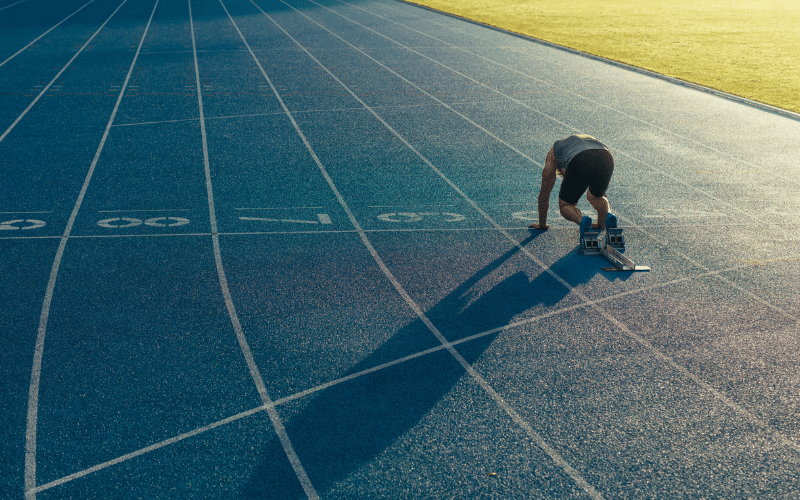
Marked running paths or tracks provide a safe and measured environment for runners to train and race. Clearly defined lanes and distance markers aid in pacing and performance tracking, making them fundamental for structured workouts and competition.
#2 Water Stations

Water stations are critical for runner hydration during races or long runs. They serve as essential checkpoints where athletes can replenish fluids, maintaining hydration levels and preventing heat-related issues, ensuring safety and improved performance.
#3 Signage
Distances markers and directional signs guide runners along courses and tracks. They provide essential navigation aids, help measure running distances accurately, and ensure that athletes and spectators know where to go, enhancing the running experience.
#4 Emergency Services
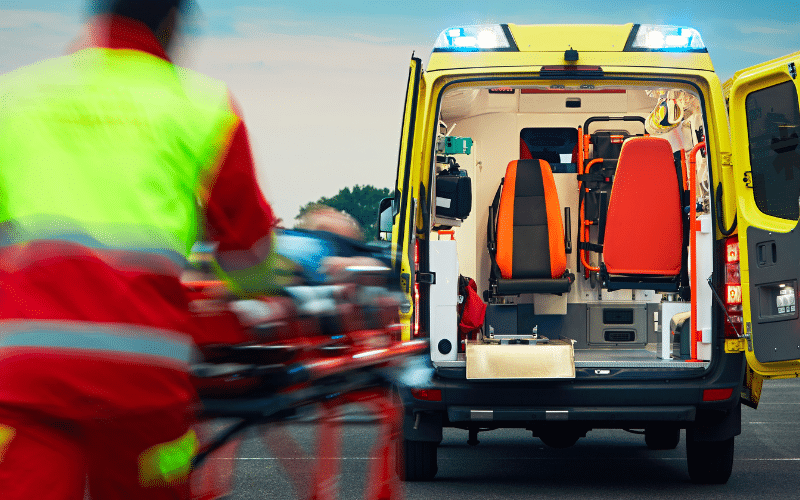
Emergency services, including medical staff and equipment, are vital for prompt response to incidents during running events. They ensure a swift and professional reaction to accidents, injuries, or health problems, which is crucial for the safety of all participants.
#5 Restrooms and Changing Facilities
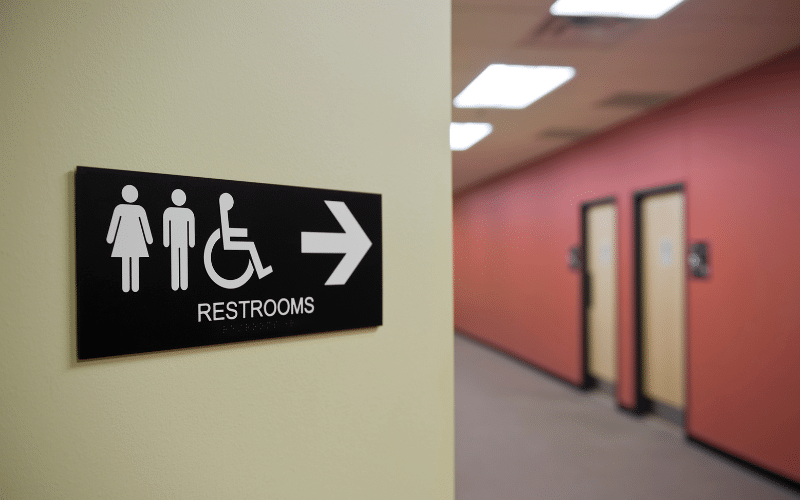
Restrooms and changing facilities offer privacy and convenience for runners before and after their workouts or races. These amenities are essential for comfort, allowing participants to prepare for and wind down from their running sessions.

FAQ
What is the equipment you need to play Running?
Proper running shoes and comfortable attire are the equipment you need to play Running. These basic items accommodate a wide range of motion and help prevent injuries.
What is the most important equipment in Running?
A good pair of running shoes is the most important equipment in Running, as they provide essential support and cushioning for your feet, which directly impacts your running performance and comfort.
What is a recommended list of Running equipment for beginners?
Here’s a recommended list of Running equipment for beginners: durable running shoes, moisture-wicking clothing, a water bottle, and a watch or app to track distance and time. These items promote comfort and monitoring progress.

